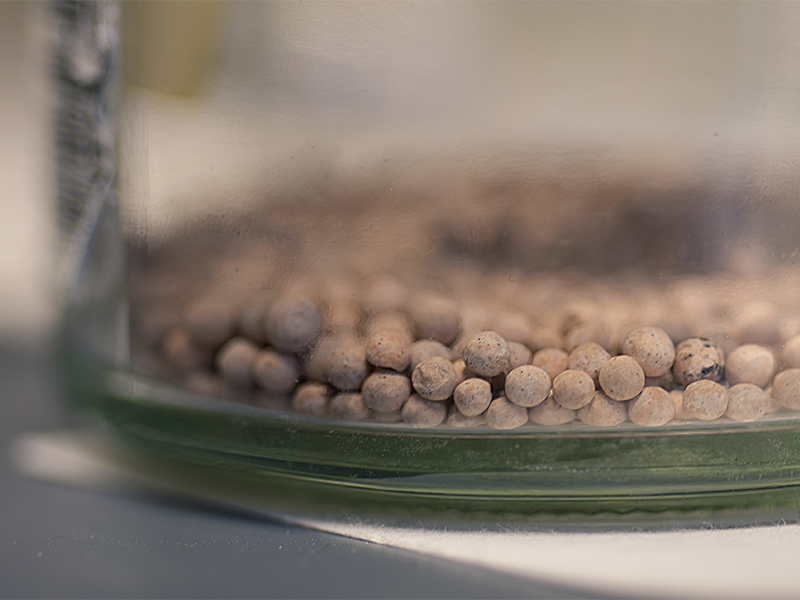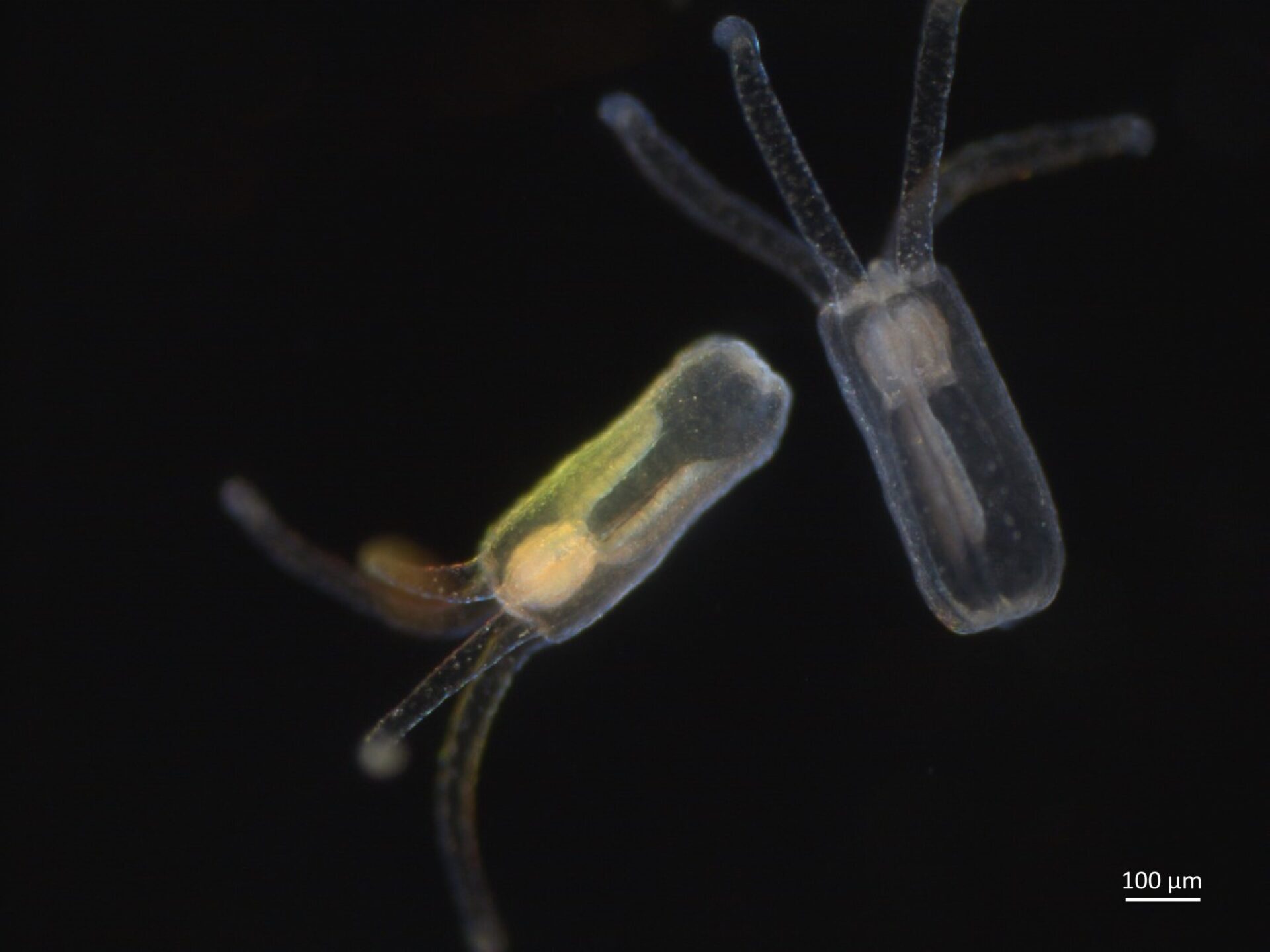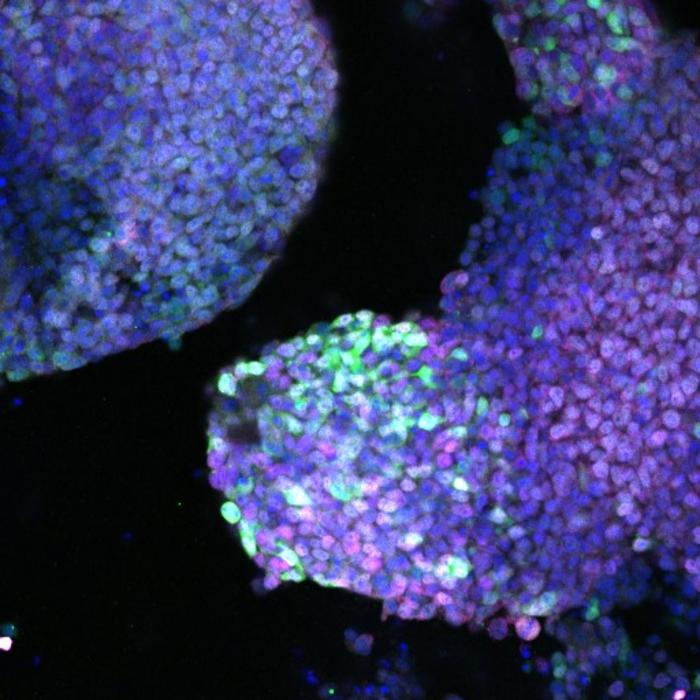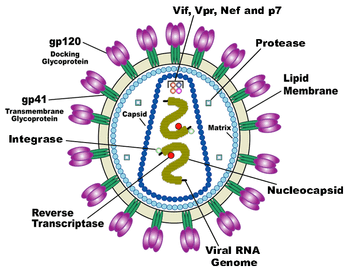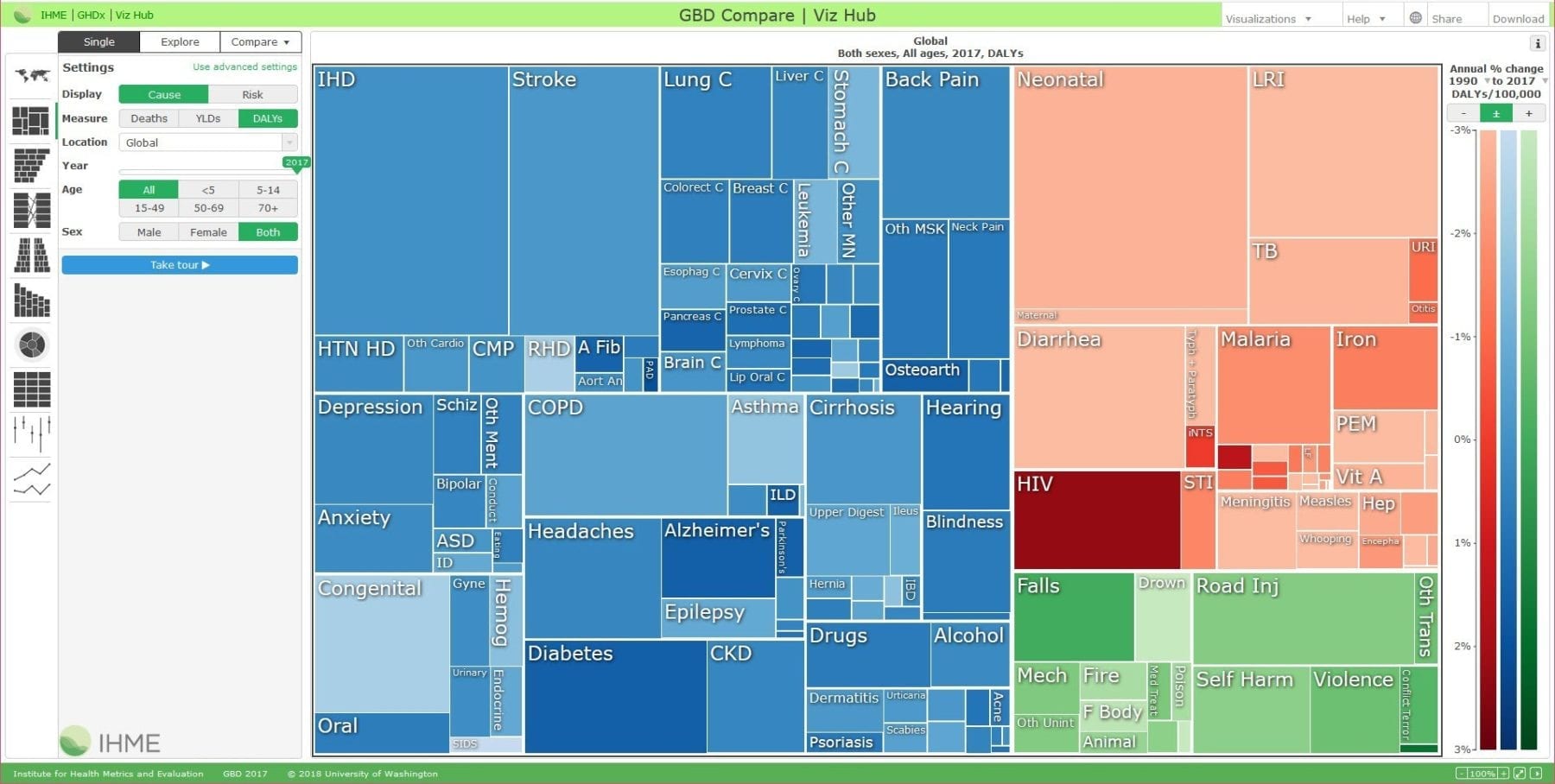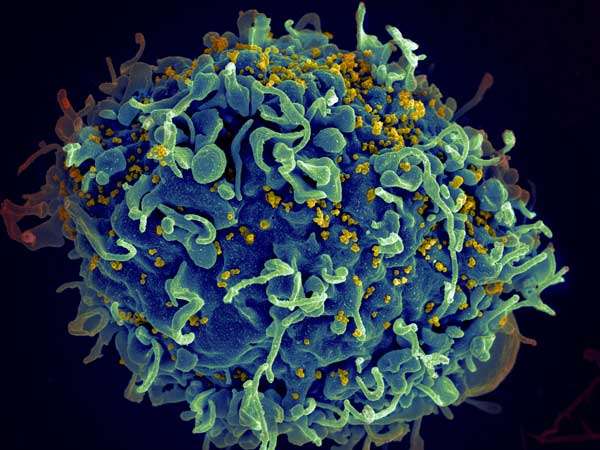
New, affordable mobile device could aid people in developing countries
The management of human immunodeficiency virus 1 (HIV), an autoimmune disorder that cripples the immune system by attacking healthy cells, remains a major global health challenge in developing countries that lack infrastructure and trained medical professionals. Investigators from Brigham and Women’s Hospital have designed a portable and affordable mobile diagnostic tool, utilizing a cellphone and nanotechnology, with the ability to detect HIV viruses and monitor its management in resource-limited regions. The novel platform is described in a paper published recently in Nature Communications.
“Early detection of HIV is critical to prevent disease progression and transmission, and it requires long-term monitoring, which can be a burden for families that have to travel to reach a clinic or hospital,” said senior author Hadi Shafiee, PhD, a principal investigator in the Division of Engineering in Medicine and Renal Division of Medicine at the Brigham. “This rapid and low-cost cellphone system represents a new method for detecting acute infection, which would reduce the risk of virus transmission and could also be used to detect early treatment failure.”
Traditional virus monitoring methods for HIV are expensive, requiring the use of polymerase chain reaction (PCR). Shafiee and his colleagues sought to design an affordable, simple tool that makes HIV testing and monitoring possible for individuals in developing countries with less access to medical care.
Utilizing nanotechnology, a microchip, a cellphone and a 3D-printed phone attachment, the researchers created a platform that can detect the RNA nucleic acids of the virus from a single drop of blood. The device detects the amplified HIV nucleic acids through on-phone monitoring of the motion of DNA-engineered beads without using bulky or expensive equipment. The detection precision was evaluated for specificity and sensitivity.
Researchers found that the platform allowed the detection of HIV with 99.1 percent specificity and 94.6 percent sensitivity at a clinically relevant threshold value of 1,000 virus particles/ml, with results within one hour. Notably, the total material cost of the microchip, phone attachment and reagents was less than $5 per test.
“Health workers in developing countries could easily use these devices when they travel to perform HIV testing and monitoring. Because the test is so quick, critical decisions about the next medical step could be made right there,” said Shafiee. “This would eliminate the burden of trips to the medical clinic and provide individuals with a more efficient means for managing their HIV.”
“We could use this same technology as a rapid and low-cost diagnostic tool for other viruses and bacteria as well,” said lead author Mohamed Shehata Draz, PhD, an instructor in the Division of Engineering in Medicine and Renal Division of Medicine at the Brigham.. “This platform could help a lot of people worldwide.”
Learn more: Cellphone Technology Developed to Detect HIV
The Latest on: Cellphone technology
[google_news title=”” keyword=”cellphone technology” num_posts=”10″ blurb_length=”0″ show_thumb=”left”]
via Google News
The Latest on: Cellphone technology
- Bobby McFerrin’s Circlesongs: “Every voice has a place”on April 30, 2024 at 6:59 pm
Moments of healing, community and celebrating life through music take place every Monday at Circlesongs, the Grammy winner’s vocal jam sessions and sing-alongs at Berkeley’s Freight ...
- CEO of Anthropic — the AI company Amazon is betting billions on — says it could cost $10 billion to train AI in 2 yearson April 30, 2024 at 6:46 pm
Anthropic CEO Dario Amodei discussed the future of Anthropic, its chatbot Claude, and the billion-dollar AI industry in a Tuesday interview with CNBC.
- Mobile Legends Bang Bang Codes (April 2024): Free Diamonds, Magic Dust & Skinson April 30, 2024 at 4:40 pm
Developed by Montoon, Mobile Legends Bang Bang (MLBB) stands as an enduringly popular mobile game within the genre of massive multiplayer online battle arena.. Sometimes, the game developers release ...
- Why Do We Keep Checking Our Phones — Even When There Are No New Notificationson April 30, 2024 at 11:32 am
Say, for example, you're at a business dinner and one of the patrons is constantly looking down at their phone. Instead of ignoring them, Nir's strategy is to confront them with concern: ask them in a ...
- Plex Partners with T-Mobile To Grow Connected TV Reachon April 30, 2024 at 8:34 am
CAMPBELL, Calif. —Streaming media company Plex and T-Mobile will work together to expand T-Mobile’s connected TV (CTV) inventory and advance the connection between mobile and CTV. T-Mobile Advertising ...
- Face ID for Android phones? Here it comes, says Boston startup.on April 30, 2024 at 7:58 am
Metalenz says its tiny, inexpensive “metasurface” lenses can replace thicker and more complex lenses in a variety of tasks.
- FCC fines wireless carriers for sharing user locations without consenton April 30, 2024 at 7:37 am
The Federal Communications Commission has leveraged nearly $200 million in fines against wireless carriers AT&T, Sprint, T-Mobile and Verizon for illegally sharing customers’ location data without ...
- 2024 mobile trends in the Fintech industryon April 30, 2024 at 4:24 am
In the ever-evolving world of mobile technology, 2024 is set to form the backdrop to a number of exciting developments and advancements within the digital sector.
- 5G Versus Wi-Fi 7: Choosing The Right Wireless Technologyon April 30, 2024 at 3:30 am
In the ever-evolving landscape of digital connectivity, comparing the latest between Wi-Fi and 5G technology has become a recurring conversation.
via Bing News

